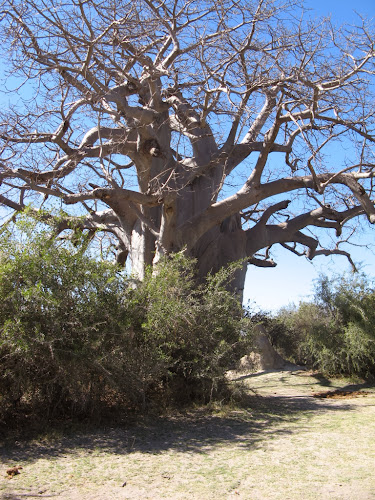A stop in the Etosha game park for lunch.
On the Skeleton Coast is the Cape Cross Seal Colony. Home to approximately 80,000 to 100, 000 cape fur seals this is a major breeding ground for the species.
The town of Swakopmund is located on the Skeleton Coast. The town has a sizable population of people of german descent and is a popular tourist and holiday destination in Namibia. The town is famous for its half timbered houses and colonial-era buildings.
Damaraland has over 1,000 rock shelters exhibiting 45,000 examples of the rock art of the Khoisan people.
A group photograph at the Tropic of Capricorn, Namibia.
Sesriem Canyon has been carved by the Tsauchab River through 15 million year deposits of sand and rock. Approximately 1 km in length and 30 metre deep it provides a spectacular hiking trail shaded by the sun.
The Namib Desert, one of the oldest and driest deserts in the world.
Salt pan, Namib desert
Watching the sun rise from one of the highest dunes in the Namib
Spectacular dunes in the Namib.
Animals seen at Etosha game reserve include zebra, antelope, elephant and cheeta.
The view of the Okavango Delta from the air. The Okavango river is the third largest river in Africa and the delta covers approximately 16,000 sq km.
The Bushman of the Kalahari








































